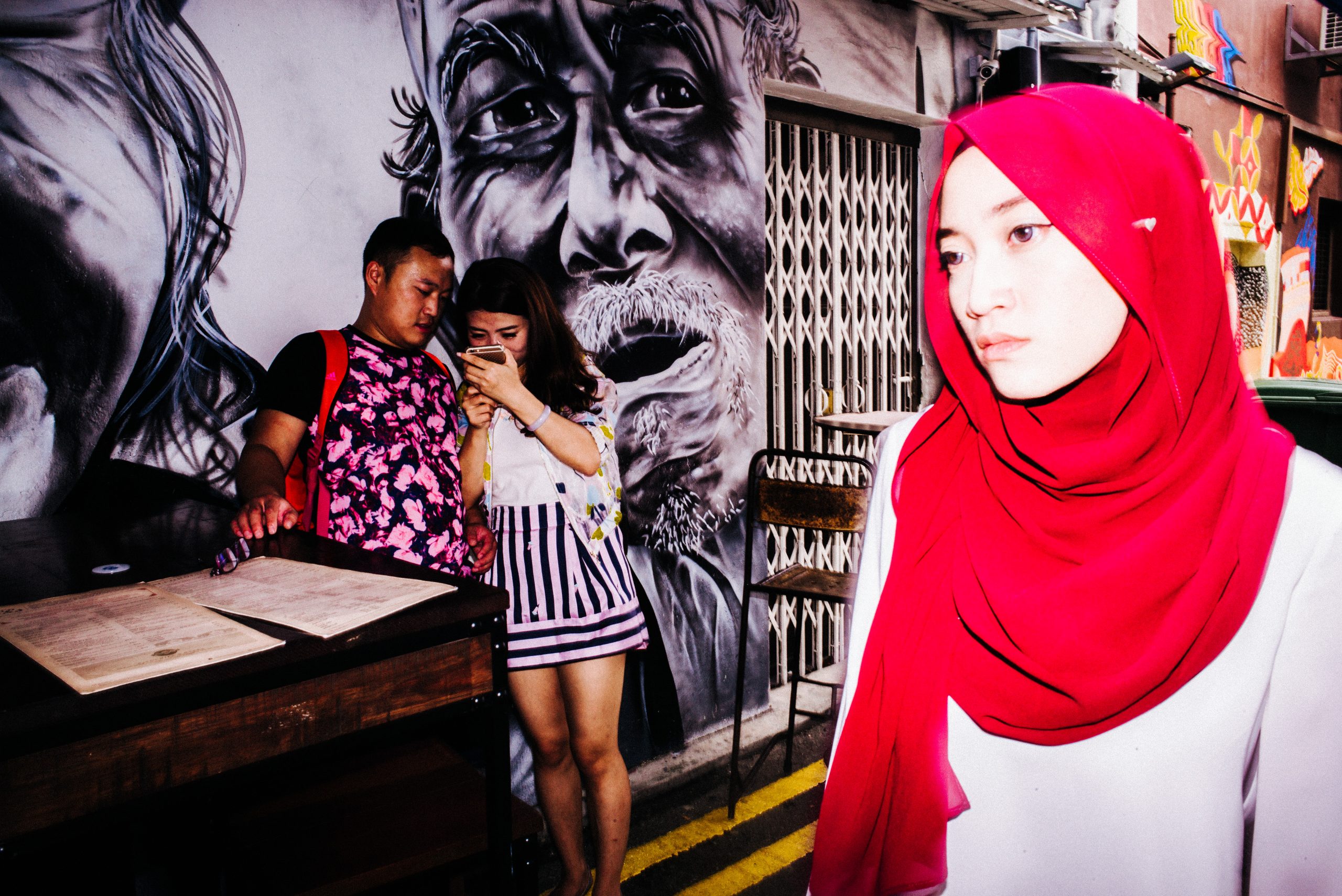
Dear friend,
Let’s continue STREET PHOTOGRAPHY MANUAL by talking how by being more aggressive, you can make better photo and connections with your subjects.
I don’t want you to become an asshole like ERIC KIM, I just want you to overcome your own self imposed limits. I want you to get closee to your subjects in street photography.
I want you to become more aggressive, in a friendly way.

I can’t speak for you but I’ll tell you what has helped me in street photography.
Nowadays I shoot almost all of my photos within an arm length (.7 meters or 3 feet). Why? Photos shot from a close distance are generally more interesting.
Also I’m a bit of an adrenaline junkie. When I was a kid, I liked to jump off stairs, and take risks. I would enjoy doing 360 jumps off a flight of stairs. If I were a kid today, I would probably do more “parkour”, treating the world like my own jungle gym.

The thing with adrenaline, once you get a small dose of it, you adjust your tolerance.
For example in street photography, most of it is boring to me. I used to shoot like Henri Cartier-Bresson, finding a nice background and waiting for someone to enter the frame. But this started to bore me. Rather, I started to shoot like Bruce Gilden, more aggressively. Thomas Leuthard and Charlie Kirk also inspired me to get closer to my subjects and not to be so scared.

It’s nice, I have my own style now:
Friendly aggressive in street photography.
Friendly aggressive in street photography, an oxymoron?

I smile a lot. I talk a lot. I get physically close to my friends. I like to shake everyone’s hand, or fist bump them as a form of affirmation or my way or saying “hello.”
Even when I get on the bus, I’ll give a hat tip to the driver and day: “How’s it going boss?” and fist bump him. It is a good way of bridging the gap with strangers, and honestly, 99% of people I interact like in this “friendly aggressive” way respond nicely and with joy.
Street photography tactics

So how can you apply this friendly aggressive attitude to street photography? Some ideas and tactics:
- Don’t ask for permission, and just make the photo. But afterwards, wait until the person notices. Then smile walk over, and show them the photo on the back of your LCD screen.
- Make a street photo of a stranger, and compliment them the second after you shoot them like: “Looking good, chief!”
- Smile while you’re shooting street photography, and get close. People will feel less creeped out or bothered by you.
Let’s be more friendly.

Above all, just be more friendly and gregarious. I honestly think a lot of famous street photographers in history (including Henri Cartier-Bresson) were anti-social, and quite awkward people.
Cartier-Bresson, a great photographer, hated being photographed. Even in video interviews, he would refuse to have the camera show his face. A bit hypocritical for a guy who made his living photographing other people without their permission, no?
If you want to be a better street photographer, just be more comfortable around other people. Practice making small talk with your waiter, server, barista, or strangers in the elevator. I like it, because traditionally, most ancient societies were about hanging in the marketplace, just chatting with everyone about current politics, economics, and happenings in the neighborhood.
Nassim Taleb says, “Commerce is the road to all tolerance”- in the past Christians, Jewish folk, Muslim folks, and all would live in peaceful harmony, because everyone wanted to make a buck.
Give back in street photography

In street photography, let us also give back. Offer to email your subject the photo. Or as my friend Neil Ta does, he will go back to the same neighborhood days later, and give an old Cuban lady a portrait he made of her. You cannot imagine the look of the woman’s face (she was overjoyed, and in tears).
To conclude this chapter, remember this saying:
Don’t take photos, make photos.
Make meaning, make connections, and make a difference in society with your street photography.

